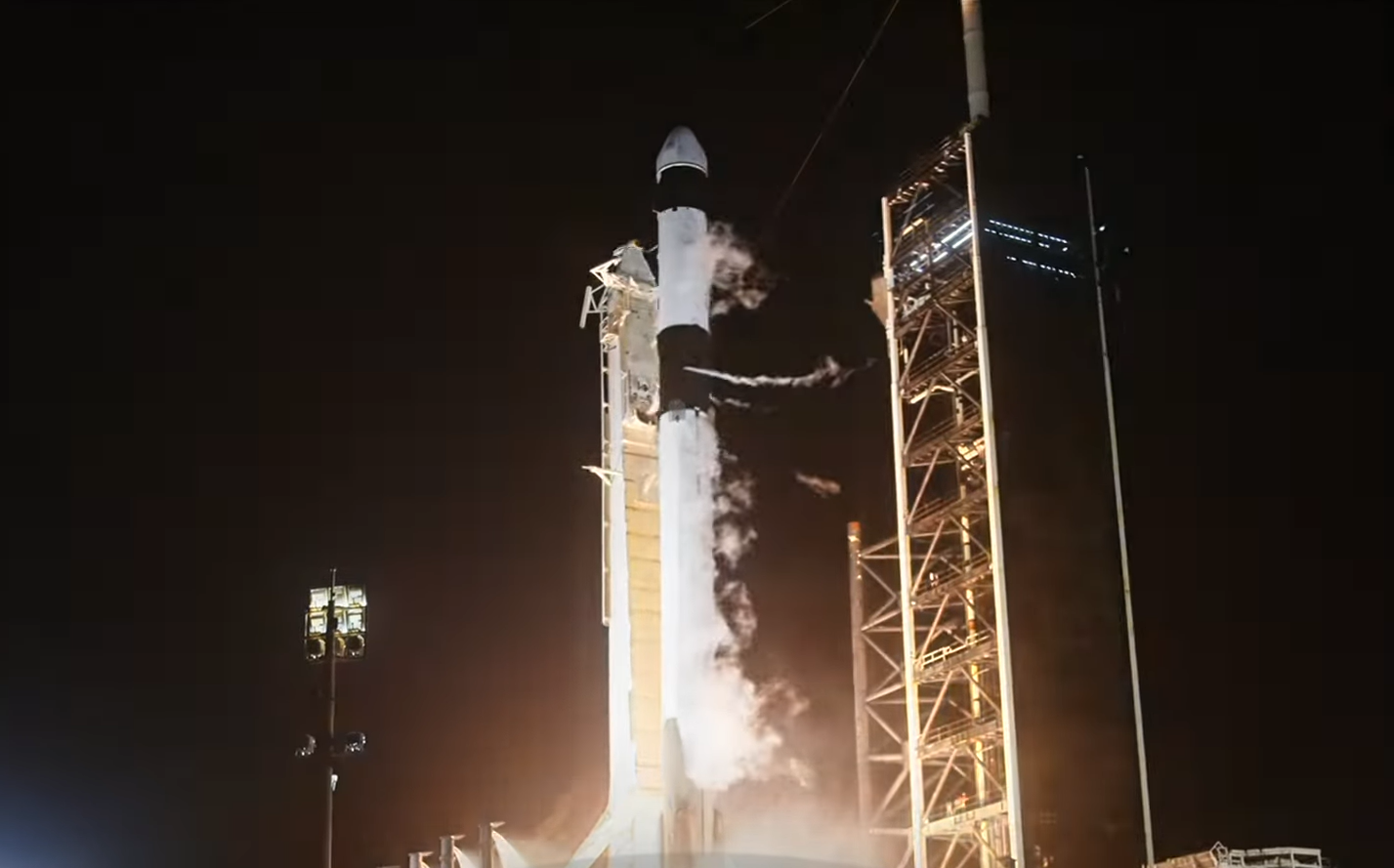Rocket Roars: NASA and SpaceX Deliver Critical Supplies to International Space Station

NASA and SpaceX Soar to New Heights with Groundbreaking Resupply Mission
In a remarkable display of technological prowess, NASA and SpaceX have successfully completed their 32nd Commercial Resupply Services mission, propelling cutting-edge scientific experiments and critical supplies toward the International Space Station (ISS).
The latest mission represents another milestone in the ongoing collaboration between NASA and SpaceX, showcasing the private sector's increasingly pivotal role in space exploration. Packed with innovative research equipment and essential provisions, the spacecraft is set to support the ongoing scientific endeavors of astronauts orbiting high above Earth.
This resupply mission underscores the continuous commitment to advancing human knowledge and pushing the boundaries of space research. The carefully curated payload includes experiments that could potentially unlock new insights into microgravity, human health, and technological innovation.
As the spacecraft makes its journey, scientists and engineers on the ground eagerly anticipate the arrival of these crucial resources, which will enable groundbreaking research and support the ISS crew's vital work in the challenging environment of space.
